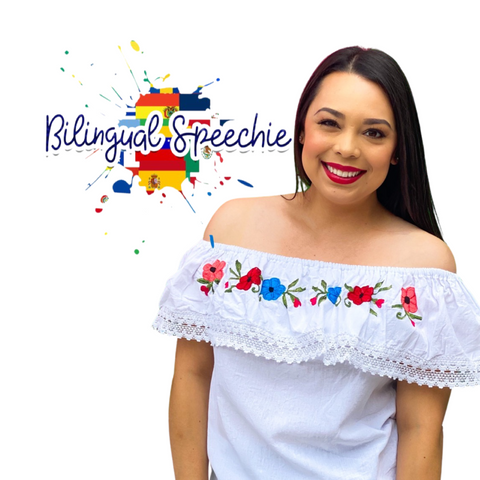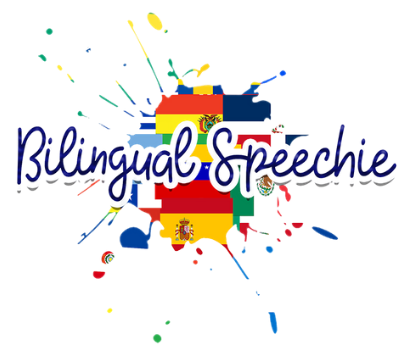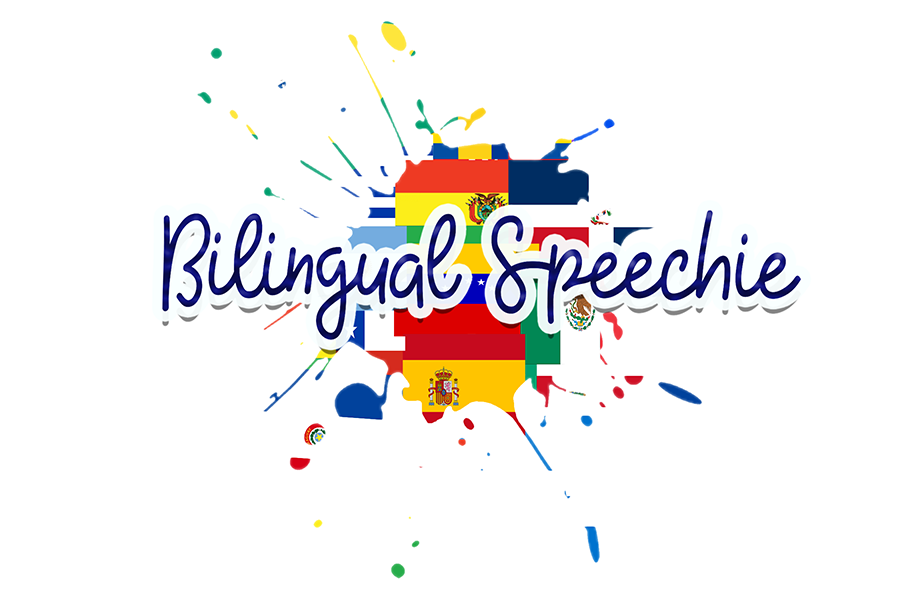by Liliana Diaz August 04, 2019
It can be super challenging to evaluate a student that speaks a completely different language other than the one you speak. With so many languages that exist in our world, (over 6,500 languages to be exact) as a SLP, you are bound to encounter a student that speaks another language other than English. According to the American Speech Hearing Association (ASHA) only about 6.4% of SLPs speak another language other than English, this may also mean that finding a bilingual SLP that speaks the language you need to assess may not always be accessible. So what do you do?
Use an interpreter. Meet with the interpreter prior to meeting with family in order to review the process, terminology, and what you want him or her to do. Ensure that you obtain a licensed interpreter and try to avoid using someone within the child’s family as a translator in order to reduce bias during the evaluation. Interpreters can provide lots of insightful information.
Conduct an in-depth family/caregiver interview. Caregivers can provide accurate information about a child’s communication strength and weaknesses. Understanding the family’s point of view about the child’s strengths or areas of need can provide a SLP with lots of insight about the child’s culture values, education status, language use and communication deficits.
Consider using non-standardized speech-language assessments, pragmatic tests, language samples or criterion referenced assessments. If formal/standardized assessments are not available in the child’s primary language, then consider utilizing non-standardized assessments like pragmatic check-lists or obtaining a language sample. These types of assessments will help determine the client’s understanding and use of conversational language, which is a building block to more complex language.
It is important to remember that it is not appropriate to translate standardized assessments in the student’s language in order to reach a standard score. These scores become invalid once translated because norm criteria is not based on the student’s language. In addition, SLPs cannot report standard scores when using assessments that are not normed for a specific language.
Utilize Dynamic Assessment. Research suggests that dynamic assessment when combined with other types of assessments can be the most useful when assessing bilingual children. Dynamic assessment is a method of assessment which uses a “test-teach-retest” model. It can help us determine difference versus disorder when working with children that speak another language other than English. Dynamic assessment focuses on the child’s ability to acquire the skills after being tested and after being exposed to instruction. Children who are able to make significant changes after short-term learning or intervention sessions are very likely to have language differences and not language disorders.
Use your Resources. ASHA always has great evidence-based articles that can assist you during your evaluation process. ASHA also has information about phonemic inventories of various languages as well as current research articles about several topics. Remember to look up current research about your student’s culture, phonemic inventory or language differences. Dr. Elizabeth Peña who is a professor at the University of Texas is a very well-known researcher in our field that does lots of research on culturally and linguistically diverse populations and/or bilingualism. Furthermore, utilize evidence-based practice books as resources. Bilinguisitics has a great book called Difference or Disorder which includes language patterns of several languages. They also have some E-Books with developmental norms in Spanish. In addition, websites can also be very useful. The Leaders Project (Law and Evidence-based Approaches for Disability Evaluation and Resources), founded and directed by Dr. Cate Crowley has great information about working with diverse populations and bilingual children. This website has information on the law, research, and current clinical practices related to assessment, treatment, and intervention both in the United States and internationally.
Comments will be approved before showing up.
by Liliana Diaz December 14, 2023
by Liliana Diaz July 23, 2023
Have a client on your caseload that is demonstrating difficulty producing the CH sound? Perhaps you're a parent whose child is in speech therapy working on the CH sound? The CH sound can be a tricky sound to teach because it's hard to visually see what's going on inside the mouth when saying the sound. But no worries, here are some tips to help achieve that tricky CH sound.
by Liliana Diaz February 13, 2023 1 Comment

Who are we?
Bilingual Speechie LLC. is a small business dedicated to providing inclusive and engaging speech therapy resources and activities for bilingual children, parents, SLPs and educators.
Bilingual Speechie LLC promotes bilingualism and multilingualism by dispelling common myths, providing education on bilingual language development, and promoting heritage language maintenance amongst bilingual families.
About the Owner:
Liliana Diaz-Vazquez is a certified licensed bilingual speech language pathologist (SLP), currently practicing in Chicago, Illinois. She obtained her bachelor’s degree in communication disorders (2012) and her master’s degree in speech language pathology at Saint Xavier University (2014). She is a certified member of the American Speech-Language and Hearing Association (ASHA) since 2014, a member of the Illinois Speech and Hearing Association (ISHA) since 2014 and maintains licensure in the state of Illinois.
Liliana is a first-generation Mexican-American Latina, a small business owner, a full-time school-based SLP, & a bilingual parent, who takes pride in her roots, culture, & heritage language. She loves being able to share her experience as a Latina SLP, and a bilingual mom, as well as her culture & heritage language with the educator, SLP, and parent community.
Liliana Diaz-Vazquez has extensive experience working with the bilingual English and Spanish speaking population & multilingual population. She specializes in augmentative/alternative communication (AAC), bilingual language development and language delays/disorders in bilingual/multilingual children. She has also worked in the early intervention setting for several years where she gained vast experience working with interpreters and bilingual/multilingual families.
Liliana began creating digital bilingual resources and activities in 2014 out of need while working full-time in the school setting as a SLP. Liliana worked with many Spanish-speaking families and quickly realized that there were limited Spanish and bilingual speech therapy resources available for her students and their families. In addition, Liliana quickly became aware that there was a need for education about bilingualism and typical bilingual language development as many of the families she worked with had encountered misinformation about bilingualism. Liliana began developing resources and eventually started Bilingual Speechie LLC with the mission to provide education to SLPs and families about bilingualism, as well as provide inclusive and diverse materials for speech therapy in order to help bilingual families and SLPs gain access to appropriate bilingual materials for children with communication disorders.
Today Liliana currently works full-time in the Chicago public school setting as a lead bilingual SLP where she consults and collaborates with SLPs daily to help them understand how to assess and provide culturally and linguistically appropriate services for bilingual and/or multilingual students. She also runs her small business, Bilingual Speechie LLC, and is on a mission to expand and grow her business so that all SLPs, educators, and families can have access to inclusive, diverse, and bilingual resources in a variety of languages for speech therapy.
Professional Development:
Liliana has vast experience as a speaker/presenter and has presented at several conferences over the years. You can view all previous conferences and topics that Liliana has presented on here. Liliana is available to present on topics such as best practices when working with multilingual populations, bilingual speech/language assessment and treatment, goal writing with multilingual populations and much more. If you are interested in booking Liliana for a conference or event please don't hesitate to send an email at lilianadiaz@bilingualspeechie.com
 English
en
English
en
 English
en
English
en
 Español
es
Español
es


Liliana Diaz
Author